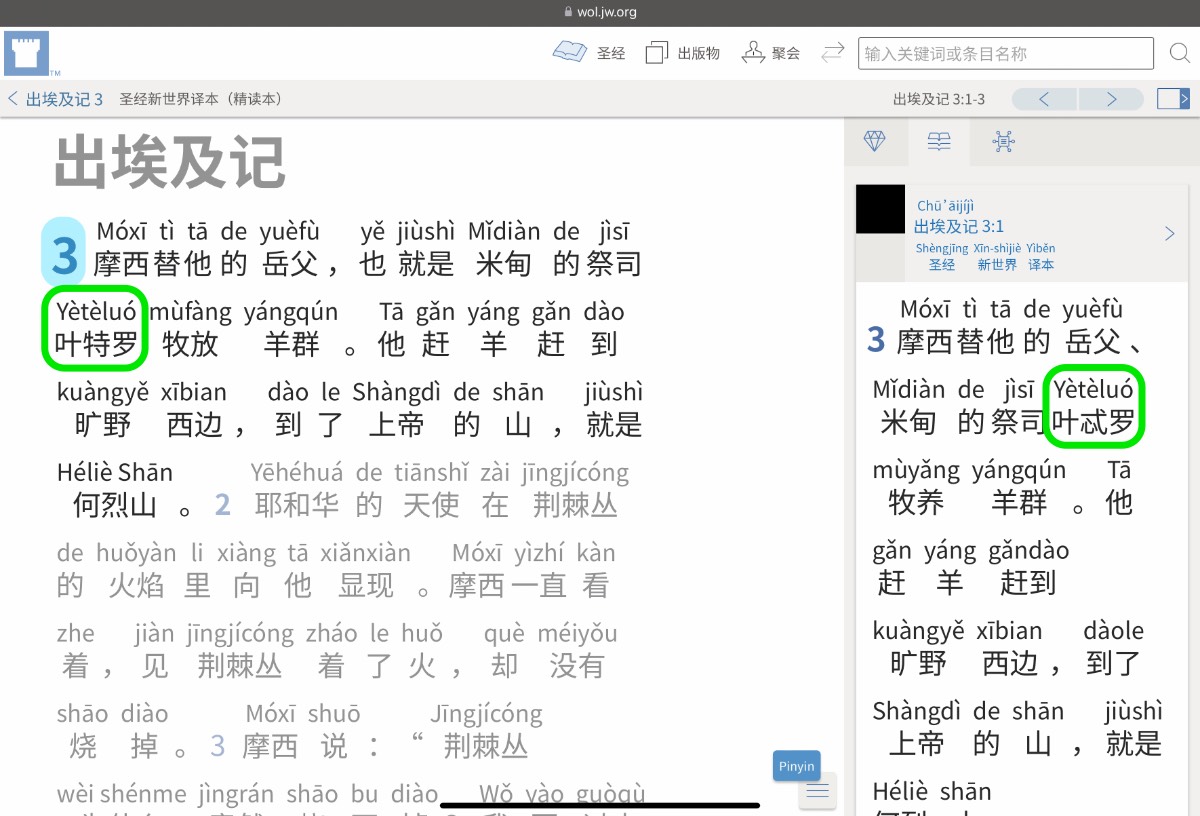duōyú (duō·yú {(too) much/many} · surplus; excess → [unnecessary; surplus; superfluous; uncalled-for; redundant | excessive] 多余 多餘) ← Tap/click to show/hide the “flashcard”
Following on from last week’s MEotW post that discussed unnecessary ceremony, this week’s MEotW is “duōyú (duō·yú {(too) much/many} · surplus; excess → [unnecessary; surplus; superfluous; uncalled-for; redundant | excessive] 多余 多餘)”, which means “unnecessary; surplus; superfluous; uncalled-for; redundant”, or “excessive”.
Here are the usage examples for this expression provided by the Pleco app’s built-in dictionary:
📖 📄 📘 Shāndiào (Shān·diào delete · {to be dropped → [away]} 删掉 刪掉) duōyú (duō·yú {(too) many} · excess → [superfluous] 多余 多餘) de (’ 的) cíyǔ (cí·yǔ words · expressions 词语 詞語)
cut out superfluous words and phrases
📖 📄 📘 Zài (in 在) jíshì (jí·shì {gathered (things) → [country market]} · market → [country market] 集市) shang (upon 上) chūshòu (chū·shòu {put out} · {to sell} 出售) duōyú (duō·yú {(too) many} · surplus → [surplus] 多余 多餘) de (’s 的) nóng (farming 农 農) chǎnpǐn (chǎn·pǐn {given birth to → [produced]} · products 产品 產品)
sell surplus farm products in the market
📖 📄 📘 Shìshí (Shì·shí matters · {being solid} → [facts] 事实 事實) zhèngmíng (zhèng·míng proved · {to be clear} 证明 證明) wǒmen de ((wǒ·men us · [pl] 我们 我們) (de ’s 的) → [our]) dānxīn (dān·xīn {carryings on a shoulder pole → [bearings of (heavy)]} · hearts → [worryings] 担/耽心 擔/耽心) shì (were 是) duōyú (duō·yú {(too) many} · excess → [uncalled-for] 多余 多餘) de (’s 的).
Facts proved that our worries were uncalled-for.
Speaking of “unnecessary”…
Are Chinese Characters Necessary?
This question may be downright heretical to Chinese culture purists, who would say things like “Of course characters are necessary!” and “Chinese culture without the characters would be inconceivable, just inconceivable! Yes, that would be totally and utterly inconceivable!”
If one’s goal is to fit in with the current Chinese world, especially if one is living in a place where the characters are used in everyday life, government services, etc., then of course one will need to know at least some characters, eventually. But, does that mean that Chinese characters should be the primary focus of Mandarin field language learners from day one?
Both modern linguistics (language science) and God’s Word the Bible itself testify against this. A basic principle of modern linguistics is that speech is primary, not writing, and at 1 Corinthians 14:8–11, the Bible emphasizes the primary importance of understandable speech, not even mentioning writing when it does so:
8 For if the trumpet sounds an indistinct call, who will get ready for battle? 9 In the same way, unless you with the tongue use speech that is easily understood, how will anyone know what is being said? You will, in fact, be speaking into the air. 10 It may be that there are many kinds of speech in the world, and yet no kind is without meaning. 11 For if I do not understand the sense of the speech, I will be a foreigner to the one speaking, and the one speaking will be a foreigner to me.
So, while the characters seem necessary from the point of view of traditional worldly Chinese culture that’s intent on glorifying and perpetuating itself, someone whose primary goals in learning Mandarin are to praise Jehovah and to reach the hearts of Mandarin-speakers with the good news of the Kingdom should really primarily focus on understanding Mandarin speech and speaking Mandarin understandably, from the very beginning:
Your first linguistic goal should be to “utter speech easily understood.” [emphasis added] (1 Corinthians 14:8-11) Though people may be tolerant, mistakes or a heavy accent may distract them from listening to your message. Giving attention to proper pronunciation and grammar right from the start will prevent you from forming bad habits that are hard to break.
—“Serving With a Foreign-Language Congregation”, in the March 15, 2006 Watchtower.
A Simple, Elegant, Effective Alternative
The above quote also appears in the article “SPEECH is Top Priority, Not Characters”, which contains other information as well showing why it is that characters and their visual extravagances and traditional complexities are often duōyú (duō·yú {(too) much} · excess → [excessive] 多余 多餘) for Mandarin field language learners. Here is an excerpt:
Publishers need to learn to understand Mandarin speech to benefit spiritually from Mandarin meetings, because the talks, comments, etc. at such meetings are made of Mandarin speech, not characters. In fact, focusing on characters makes this problem worse because it makes learning Mandarin speech harder and slower. At the very least, it distracts from learning Mandarin speech.
In contrast, the simple, elegant Pīnyīn (Pīn·yīn {Piecing Together of} · Sounds → [Pinyin] 拼音) writing system handily does the job of representing Mandarin speech in written form without the unnecessary complexities and ceremonial baggage of the characters. When you do need to use a writing system for Mandarin, then, use Pīnyīn (Pīn·yīn {Piecing Together of} · Sounds → [Pinyin] 拼音) when you can, and just use characters when you have to. Seriously, doing so is not inconceivable!
